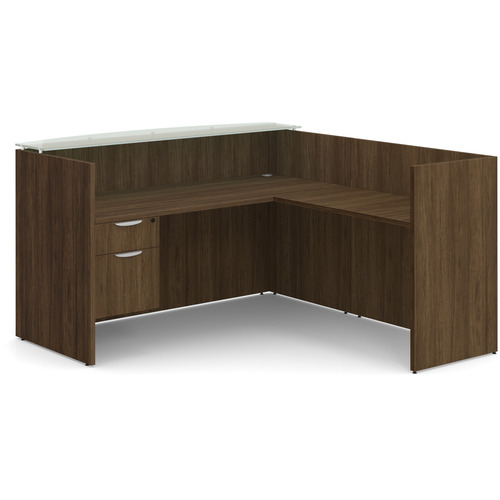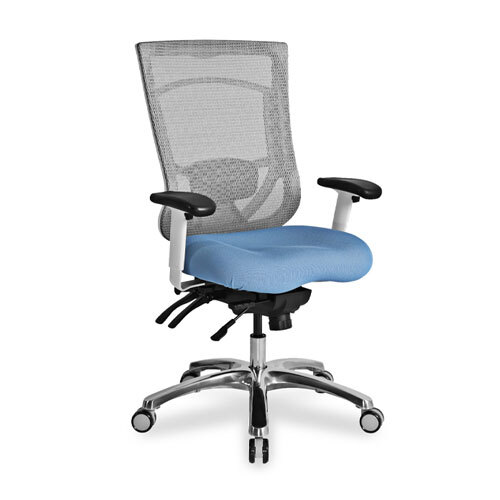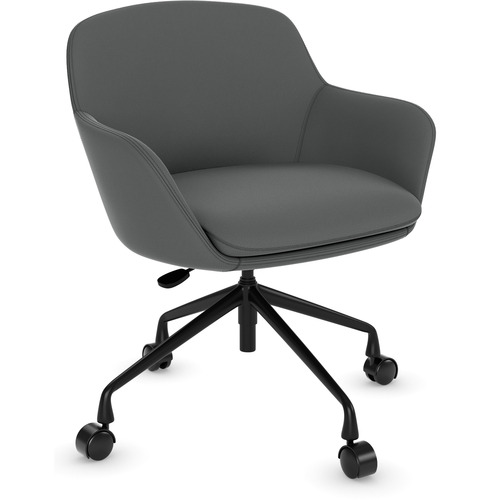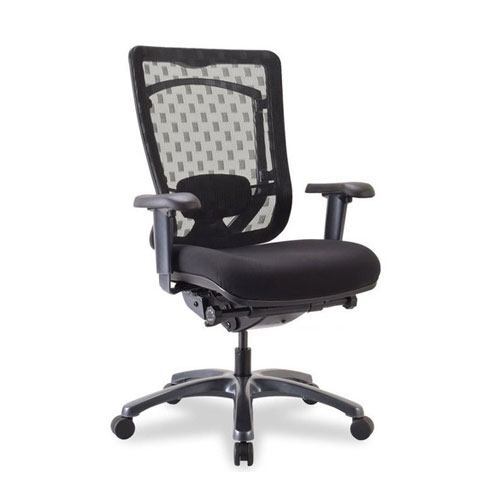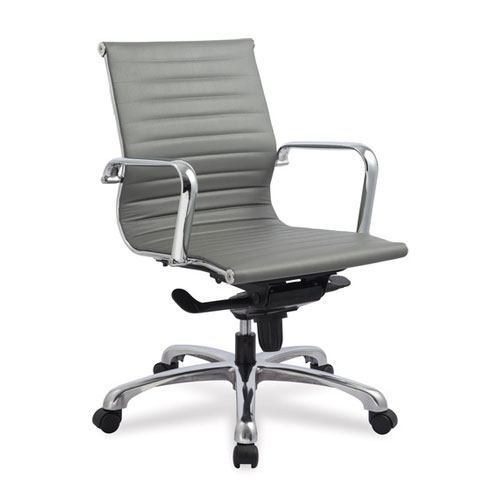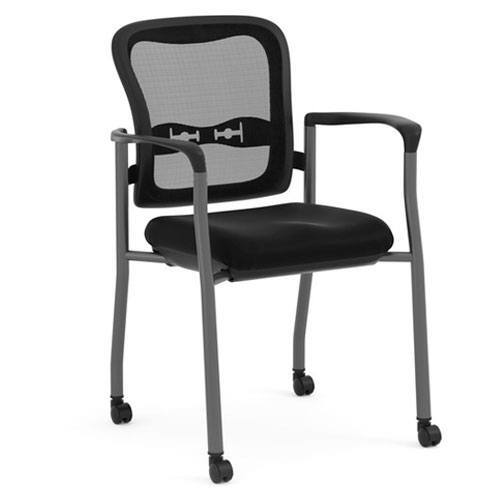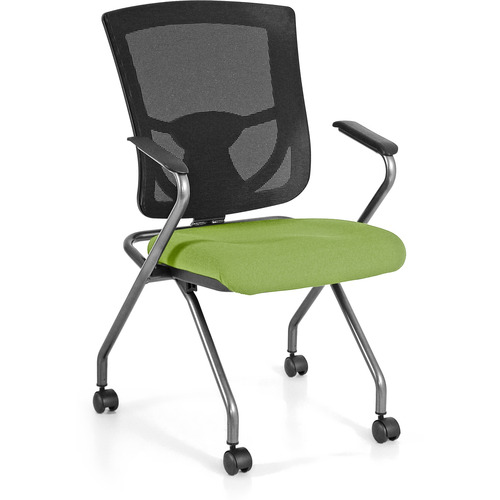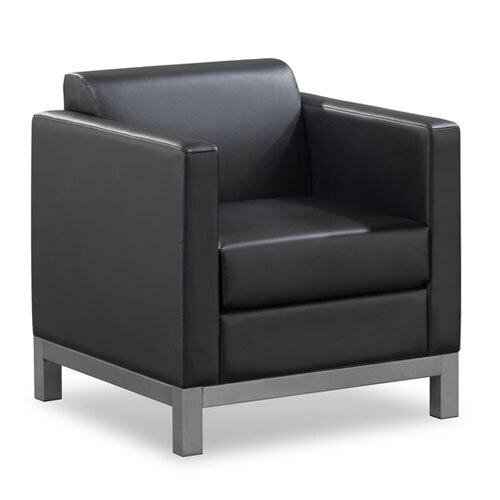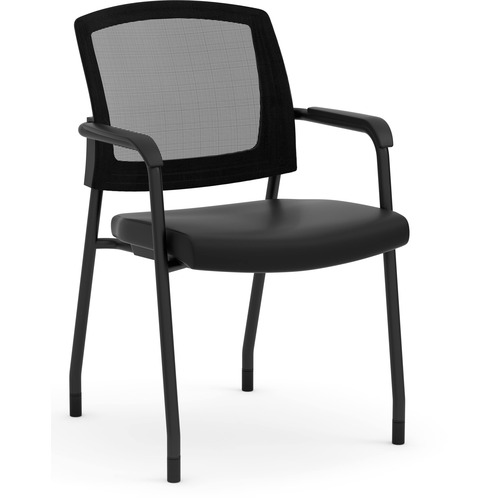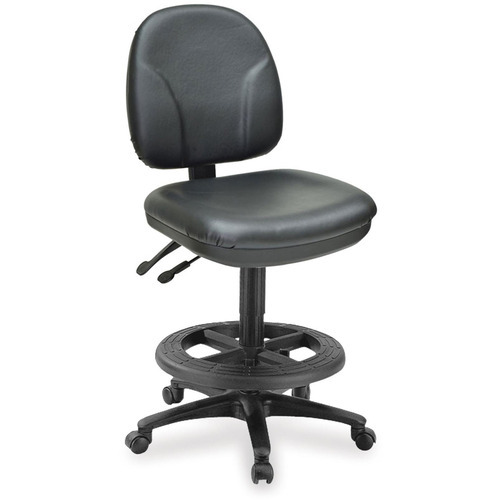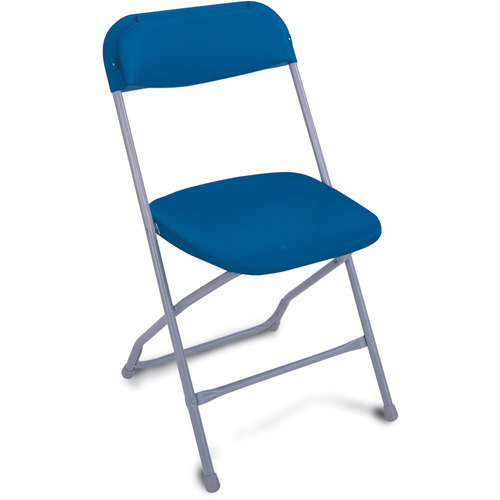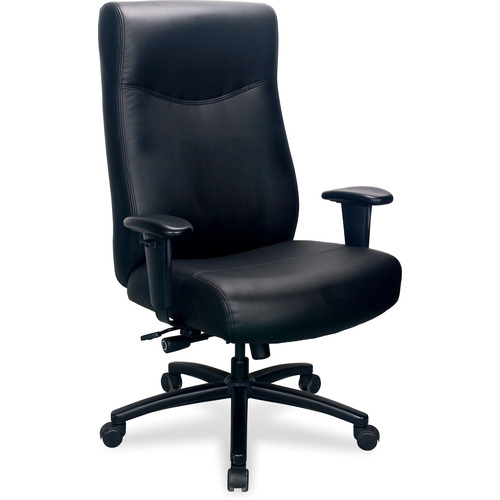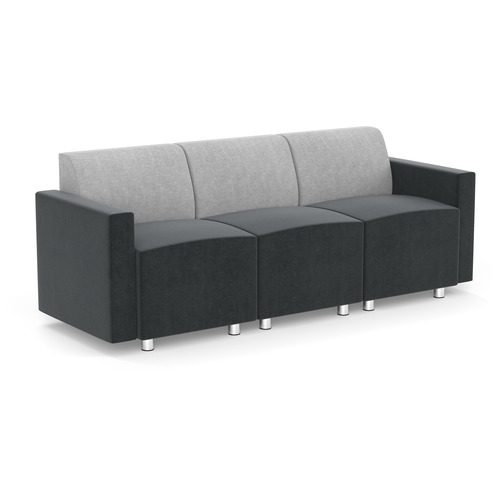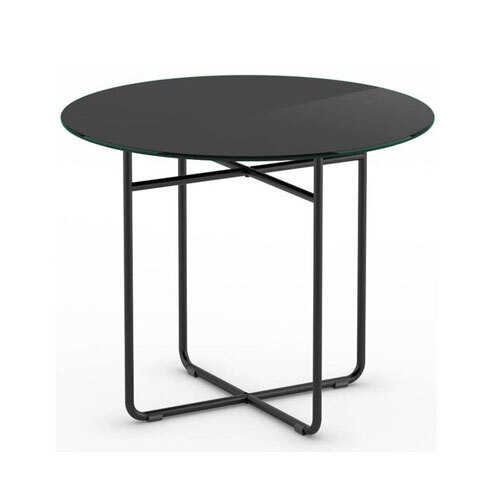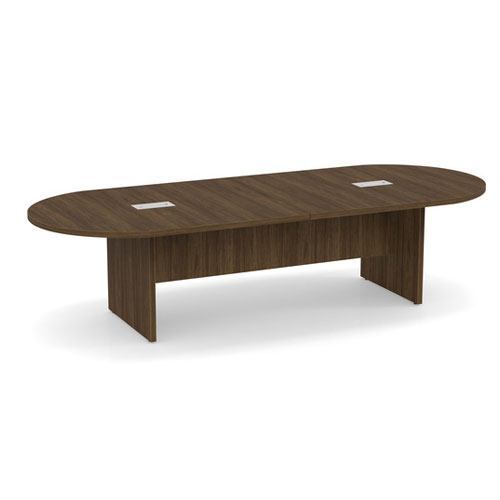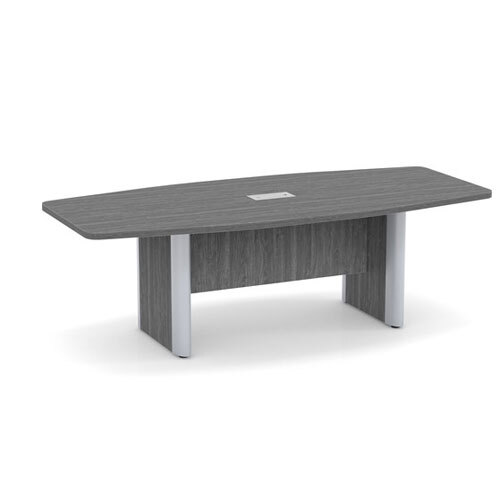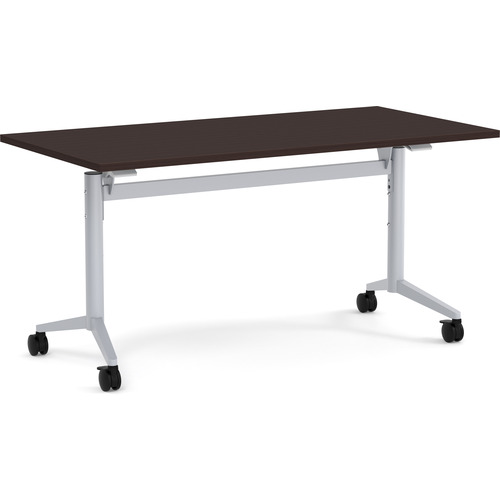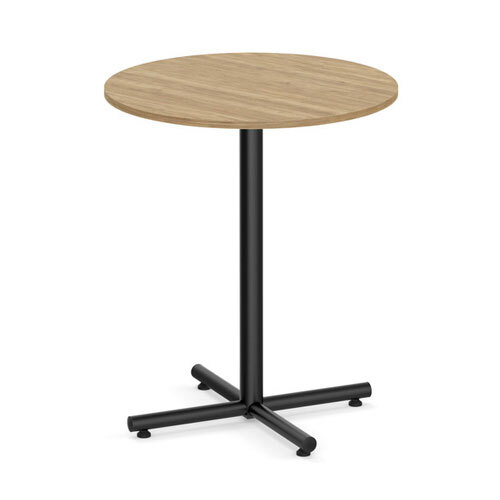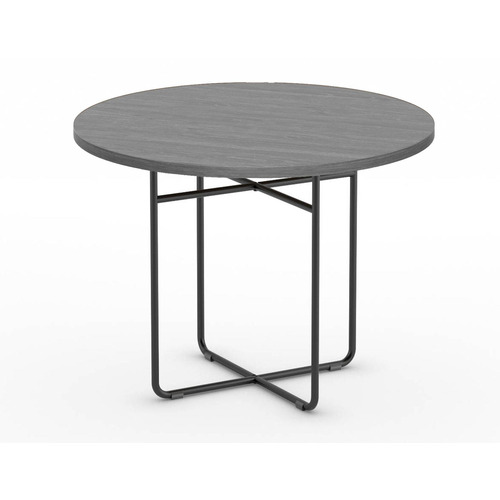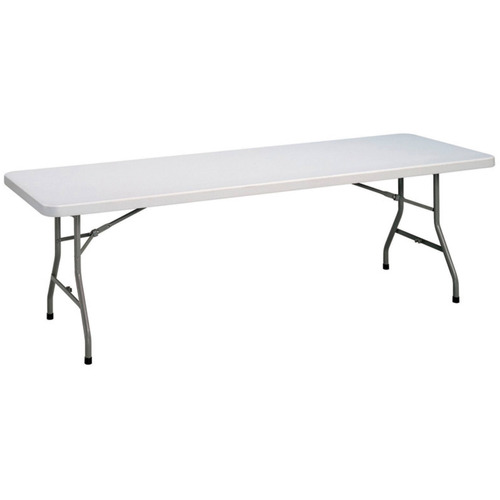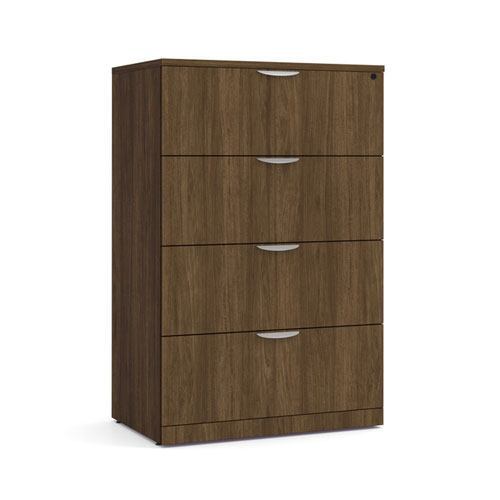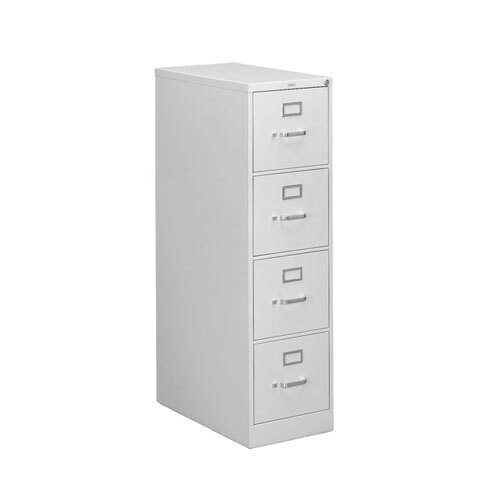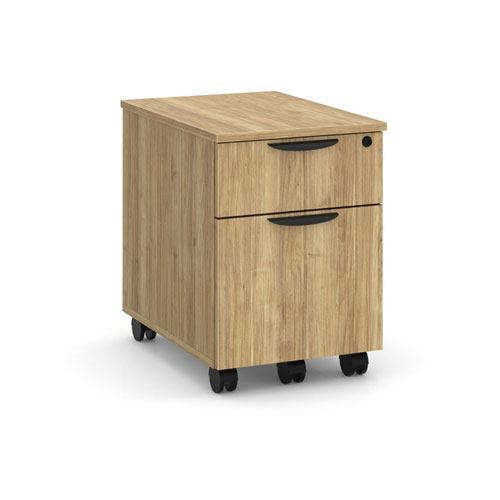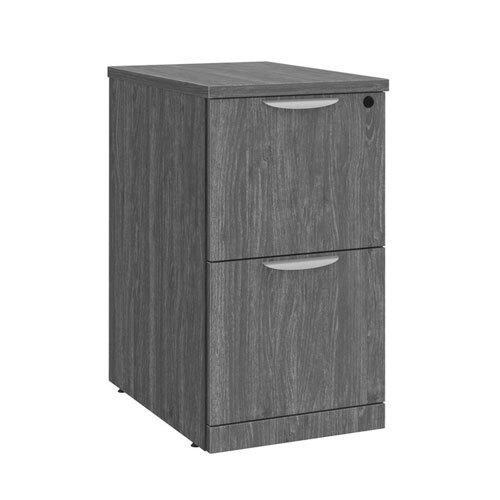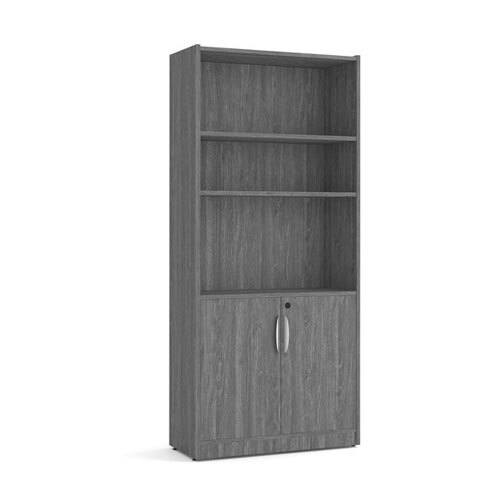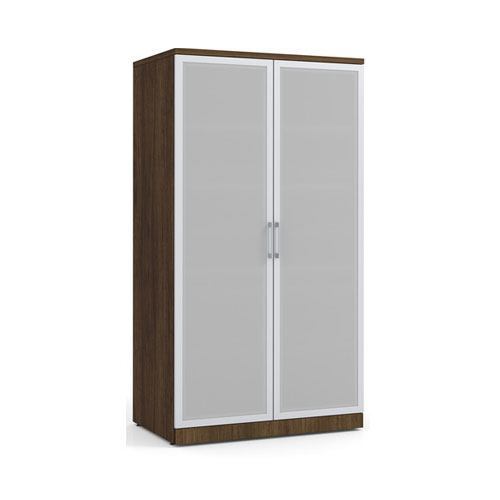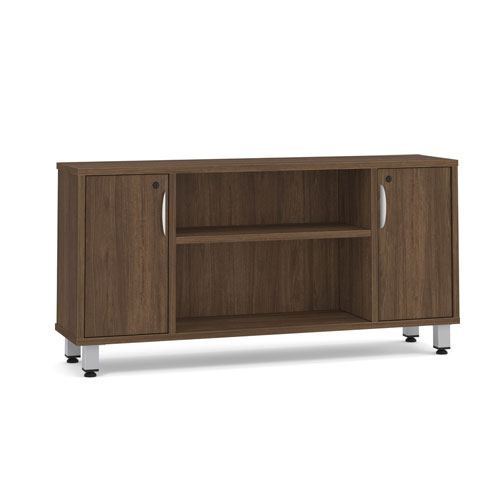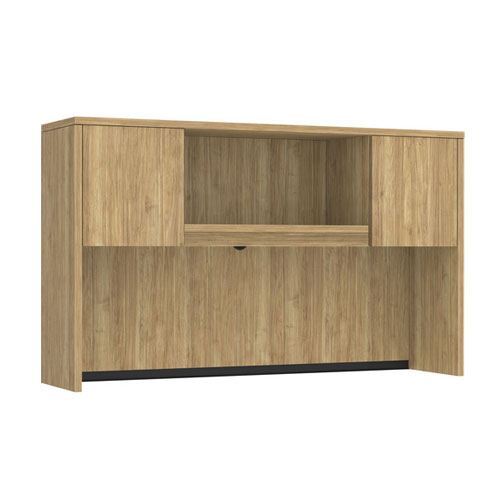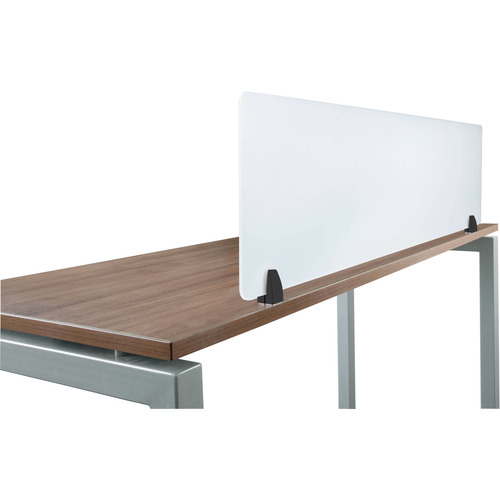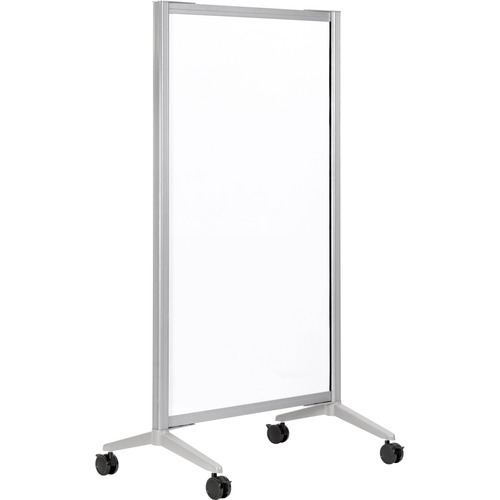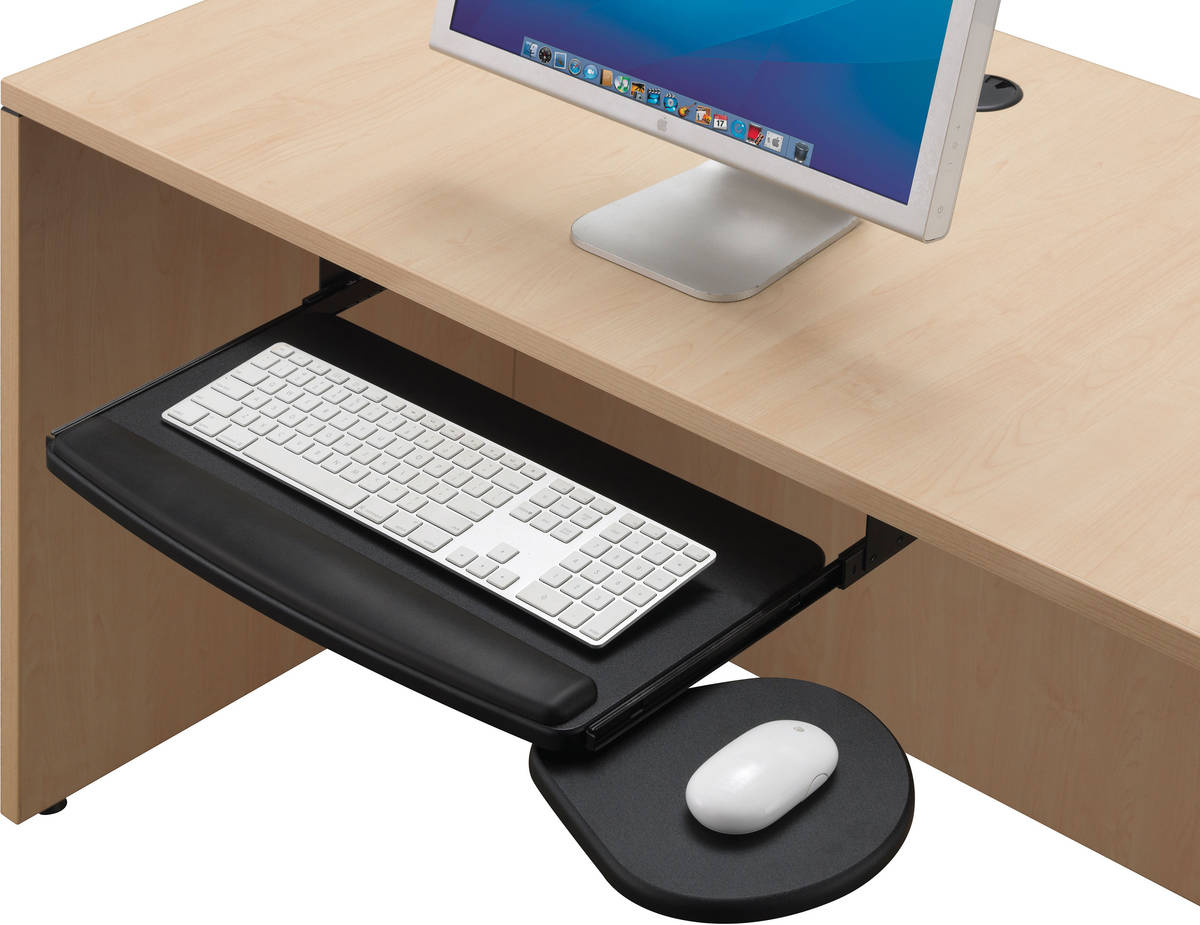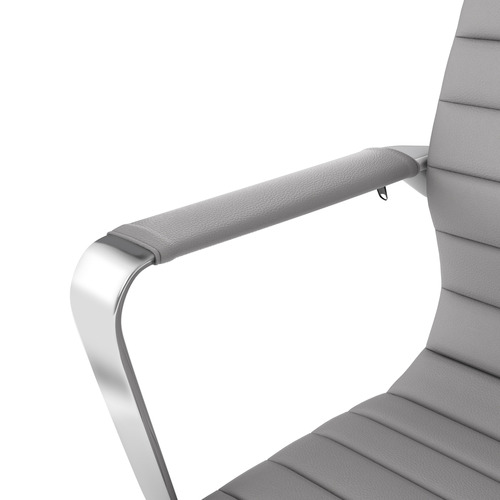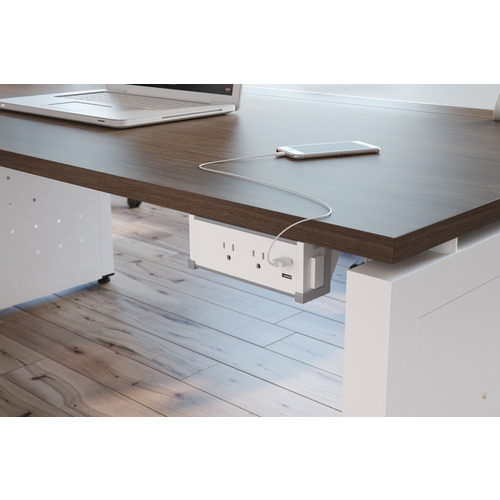Boardroom chairs, also known as conference chairs, are a type of office chair that are designed for use in a conference room or boardroom setting. These chairs are typically more formal or design-oriented in appearance than the personal task chairs that are paired with workstations. Some boardroom chairs are designed to be stackable, which makes them easy to store when not in use. Or, for organizations that have to host longer meetings, boardroom chairs may have additional features like armrests, lumbar support, and adjustable heights to ensure that users are comfortable and free from distractions so they can focus on the meeting at hand.
What’s the Difference Between a Boardroom Chair and an Office Chair?
A boardroom chair is a chair specifically designed for use in conference rooms and meetings. They are typically larger and more comfortable than traditional office chairs, with features such as padded armrests and a high backrest for added support. Some are designed to be stackable, allowing for easy storage when not in use.
An office chair, on the other hand, can be any chair found in an office. Most people, when referring to an office chair, mean a task chair. These chairs are generally smaller than conference chairs, with a focus on being ergonomic and adjustable to fit the needs of the individual user. Task chairs are typically used for daily tasks such as typing and sitting at a desk for extended periods of time.
Overall, conference chairs are designed for comfort and functionality in a meeting setting, while office task chairs are designed for daily use and ergonomic support in an office setting.
How to Buy a Boardroom Chair
Consider Room Size
One of the first things to consider when buying chairs for your boardroom is the size of the room. If you have a small boardroom, you will want to choose chairs that are compact and streamlined, so as not to take up too much space. On the other hand, if you have a large boardroom, you may want to choose chairs that are more substantial and comfortable, as they will likely be used for longer periods of time. If you need to occasionally host more people in a meeting than usual, stackable or nesting chairs provide temporary seating that can be tucked away so as not to take up space when not in use.
Choose Chair Material
It's also important to consider the material best suited for your boardroom chair. These chairs can be made from a variety of materials, including leather, fabric, and plastic. Leather chairs are often considered to be the most luxurious and professional, but they can be expensive and may not be suitable for all budgets. A more economic alternative is bonded leather, which gives the same look and feel as real leather but at a lower price. Fabric chairs are generally also quite affordable and are available in a wide range of colors and styles. Plastic chairs are generally the most affordable option, but may not be as comfortable or stylish as other materials.
Determine Need for Chair Adjustability
Another important factor to consider when buying chairs for your boardroom is the level of adjustability and customization that is available. Some chairs come with adjustable lumbar support, armrests, and headrests, which can help to ensure that each user is comfortable and supported – especially during long meetings or with important clients. Other chairs may offer the option of adding additional cushions or padding to increase comfort, or the ability to customize the seat and backrest for a more personalized fit.
Determine How Many Chairs You Need
In an ideal world, your boardroom will be large enough to comfortably fit a table and enough chairs to accommodate the number of people who’ll regularly be using it. In reality, space limitations is a very real factor to consider when setting up a boardroom. Sometimes, you may need to fit in more people than would otherwise comfortably fit in a boardroom. In that case, you may need to opt for smaller chairs or chairs without arms to fit them all comfortably around a boardroom table, or bring out temporary folding or nesting chairs to temporarily accommodate everyone who needs to be there.
Consider Types of Meetings
When choosing your boardroom chair, you should also consider who will be sitting in them and in what types of meetings. If it is a boardroom that hosts important clients or stakeholders, you’ll want a comfortable, luxurious chair to provide comfort and give a good impression of your company. If it is a room for working meetings, chairs with wheels will allow people to move around easily to collaborate or interact with various meeting tools. If you’re the type of company that encourages short, productive meetings, you may want chairs that don’t encourage lounging around.
Other Factors
In addition to these factors, there are also a number of additional considerations to keep in mind when buying chairs for your boardroom. These include the overall style of the room, the color scheme of the chairs, and the level of durability and maintenance required. It is important to choose chairs that will complement the overall design of the room, and that are easy to clean and maintain.
Overall, buying chairs for an office boardroom requires careful consideration of a number of factors. By taking the time to research and compare different options, you can find the perfect chairs for your needs, and create a comfortable and professional space that will impress clients and colleagues alike.
What Makes a Good Chair for a Boardroom or Conference Room
There are several factors that contribute to a good chair for a conference room:
- Comfort: The chair should be comfortable enough to sit in for long periods of time. This is particularly important for organizations that have longer meetings or even all-day summits.
- Adjustability: The chair should have adjustable features such as height, lumbar support, and armrests to accommodate different body types.
- Durability: The chair should be able to withstand heavy use and be able to last for a long time.
- Style: The chair should match the décor and style of the conference room and the organization it belongs to.
- Size: The chair should be the appropriate size for the conference room and should not take up too much space at the table.
How to Set Up a Boardroom
When setting up a new office, it’s important to ensure the space and arrangement of the boardroom is carefully considered. This room is where collaborations happen, deals are decided and decisions are made.
It can be as exclusive as only accessible to the Board of Directors, or as open to any team that needs a space to collaborate or share knowledge. Whatever the purpose of the room, the same process can be used to set up a functional boardroom:
- Determine the purpose of the meeting and the number of attendees. This will help determine the size and layout of the room.
- Choose a suitable location for the boardroom. This should be a private, quiet space with enough room for all attendees to sit comfortably.
- Purchase the furnishings that will go into the room. It could include a boardroom table that can accommodate all the attendees plus enough chairs for everyone to sit in, to mobile whiteboards that can be wheeled around to function where needed, or even privacy panels to allow multiple discussions or meetings to take place at the same time. This is especially important for companies who have outgrown their current space and need to maximize the use of their current space before moving to a bigger office.
- Set up the table and chairs. The table should be large enough to accommodate all attendees and should be placed in the center of the room. Chairs should be arranged around the table in a circular or rectangular pattern, depending on the size and shape of the room.
- Consider any necessary equipment or materials. This might include a projector, whiteboard, or flipchart. Make sure these are set up and functioning properly before the first meeting begins.
- Ensure that the room is clean and organized. This includes tidying up any clutter and tucking away cords that might be a tripping hazard.
- Consider the lighting and temperature of the room. Make sure the room is well-lit and that the temperature is comfortable for all attendees.
- Consider any additional amenities that might be needed for a given meeting. This might include refreshments, such as coffee or water, or audio-visual equipment.
Boardroom Layout Styles
The layout of chairs and tables best suited for your boardroom will depend on the size and function of your meetings. As you plan your space, consider where attendees will face: the front of the room, or each other? Will they be mostly listening or actively collaborating? Do they need to do conference calls or online meetings? If so, where is the optimal location to put the microphone and camera? Keeping these questions in mind will help you ensure that every attendee can see and hear the presenter (and each other), and that the room is equipped with the right audio-visual equipment.
Here are some popular boardroom layout styles to consider:
Boardroom Style
This layout features a long rectangular table with chairs arranged around it, typically with the head of the table reserved for the CEO or other senior leader. This layout is ideal for formal meetings and presentations.
U-Shape Style
This layout features a table in the shape of a U, with chairs arranged around the three sides of the U. This layout is ideal for interactive discussions and decision-making, since attendees have a clear focus point for their attention and can easily communicate with one another.
Auditorium or Classroom Style
This layout features rows of desks or tables arranged in a lecture hall-style configuration, with a podium or other presentation materials at the front of the room. This layout is ideal for training sessions or lectures, but not collaboration.
If you’re not sure which works best for you and your company, we can help! With free space planning services and in-person consultations, we can help you set up your office to function at its maximum productivity.





